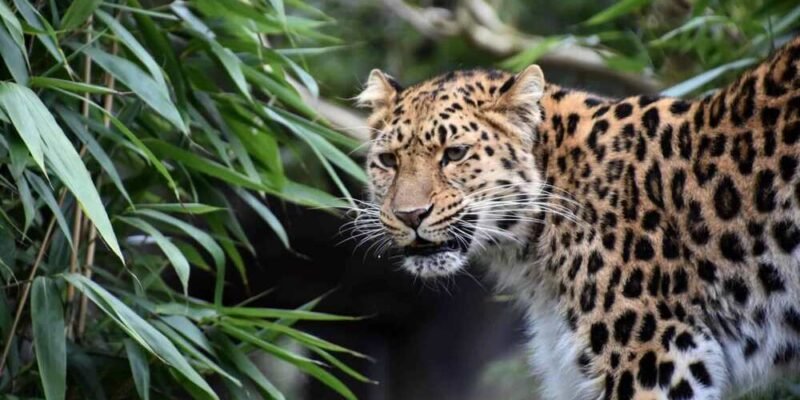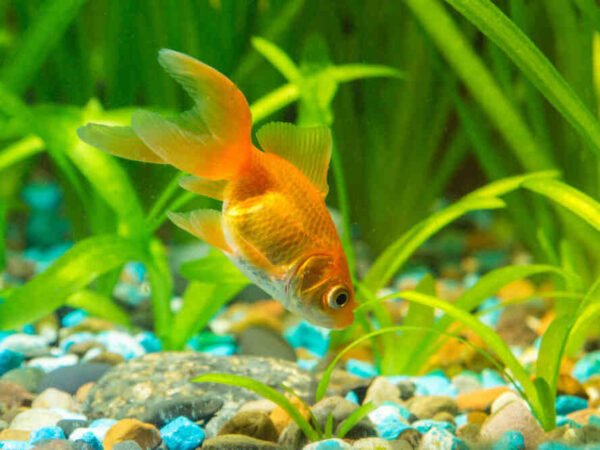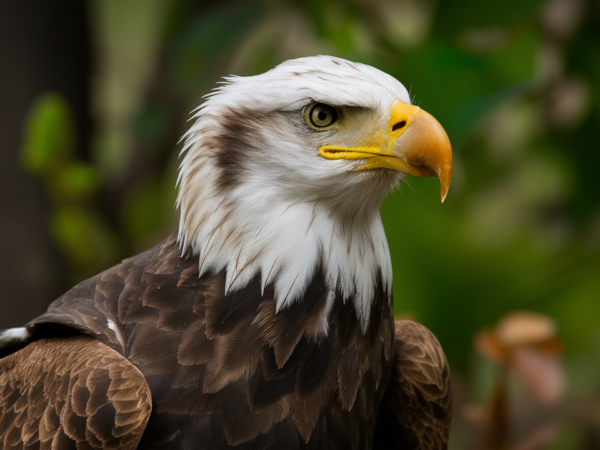Leopards are among the most elusive and enigmatic big cats, famed for their power, skill, and agility. These leopard facts tell people about their fascinating lives and role in nature. African and Asian big cat species, leopards (Panthera pardus), are adapted to a range of habitats from the forest floor to the African veld.
Physical Traits and Adaptation
Leopards are easy to identify with their golden fur—with black spots or rosettes—ideal for masking them in different environments. Ranging from 80 to 200, they are significantly heavy and, at the same time, super mobile, which are qualities instilled in their muscular legs used in climbing trees and dragging prey from the fronts of other scavengers. Leopards with such a coat color are called melanistic black panthers, which still have disc-shaped markings recognizable in certain conditions.
Habitat and Range
Most people don’t know the leopard fact that they are an adaptable animal that thrives in various environments. Leopards are located in tropical rainforests and mountains, arid regions of sub-Saharan Africa, and parts of India, China, and Russia. In contrast to many other big felids, leopards are aggressive and can live close to people, which results in confrontation. Because of their flexibility in environments, they are regarded among the most adaptable large felines.
Diet and Hunting Skills
Leopards take advantage of the night as they are opportunist hunters. They prefer medium-sized animals such as antelopes, deer, and warthogs but are known to feed on everything from birds to rodents. A defining fact about leopards is their habit of dragging prey into trees to protect their meals from other predators. Leopards are mostly nocturnal animals and, as such, will look forward to making their prey at night due to their excellent ability to move around in the dark without being easily spotted. These hunting skills exemplify the leopard facts that highlight their role as apex predators.
Solitary Behavior and Reproduction
Leopards are mainly territorial and staking out their land; they use smell and scratch spots on trees to restrict their area. Males maintain bigger regions that they might share with several females. Leopards interact through scent spraying, vocalization, low growling tone, sawing sounds, and gestures. After three months of pregnancy, females give birth to 1 to 3 cubs, which they often leave in the taller grass to protect them from danger. Cubs remain with their mother for up to two years before becoming independent, during which they learn hunting and where to find food and territorial zones.
Conservation and Threats
Leopards are listed as “Vulnerable” by the IUCN Red List; threats include habitat degradation, human-leopard conflict, poaching, and wildlife trade. Growing numbers also bring conflict and threats for leopards; they have become hunted to supply the traditional medicine trade. While there are laws that protect leopards, the last thing that can be said is that implementing the rules in practice is difficult, if not almost impossible, particularly in the wilderness. Leopards in captivity also face hardships; first and foremost, they do not have the complex environments they need for survival.
Importance of Leopards in Ecosystems
Leopards are apex predators which maintain a balanced ecosystem. They keep a check on controlling herbivores, reducing the chance of overgrazing, and help expand vegetation and other wildlife. They are termed an “umbrella species,” meaning if their habitat is preserved, all other inhabitants of these habitats will also be protected. Knowing these leopard facts is way more important as safeguarding them is our duty to promote effective conservation.
Born Free’s Role in Leopard Conservation
The Born Free Foundation is an organization with a mission to conserve leopards and their environment, especially fighting for higher standards of bans on trophy hunting and rehabilitating leopards held in cruel captivity situations. They have a Big Cat Sanctuary in South Africa specifically to look after rescued leopards so they can live for the rest of their natural lives. Those are Adopt, Shop, and Donate, which helps fund conservation animal rescue; direct contribution supports community awareness and education about living together with leopards.
How You Can Make a Difference
The conservation of leopards, therefore, needs international effort. Thanks to charities such as Born Free, it is possible to join them and help to protect such incredible creatures and their environment. Whilst the public can contribute through tangible ways such as direct donation, adopting a leopard, or contributing financially, raising awareness counts just as much in ensuring that leopards will continue to draw breath in the years to come. Emphasizing these leopard facts can inspire others to take action as well. To learn more about how you can help support leopards’ protection, visit Born Free.
Final Thoughts
Leopards are incredibly beautiful animals that represent strength and elegance simultaneously. Flexibility and the ability to hunt something are important in ecosystems. Efforts by organizations such as Born Free take us closer to seeing that leopards are still part of this earth. Their work always raises awareness about the need to sustain biodiversity within different species within the natural environment.
Also read interseting articles at Disboard.co.uk













